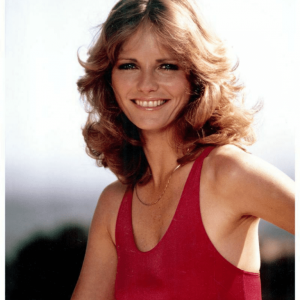If grace had a face and power had a pulse, it would look a lot like Cyd Charisse gliding across the silver screen. With impossibly long legs, a smoldering stare, and moves that could hypnotize, she wasn’t just part of Hollywood’s Golden Age—she defined it. She didn’t speak every line, but when she danced, the world listened.
Her story is one of transformation, resilience, and pure artistry. From overcoming childhood illness to partnering with legends like Fred Astaire and Gene Kelly, Cyd Charisse danced her way into film history—and stayed there.
From Polio to Pirouettes: The Beginning of a Star
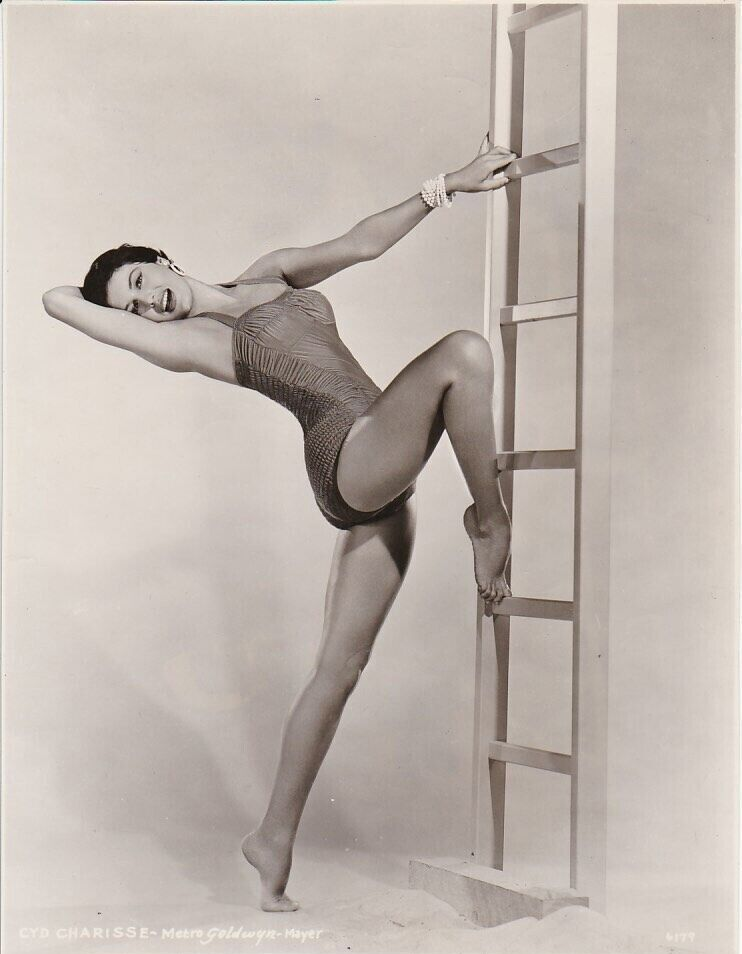
Cyd Charisse, born Tula Ellice Finklea on March 8, 1922, in Amarillo, Texas, wasn’t always the picture of strength and elegance. As a child, she battled polio—a terrifying condition that left her weak and bedridden. But instead of letting it define her, she turned recovery into a launching pad. Her doctors recommended ballet as physical therapy, and that simple suggestion would change the course of her life.
She quickly fell in love with the discipline, the beauty, and the storytelling of dance. It didn’t take long before she caught the eye of top instructors, eventually studying in Los Angeles, London, and Paris. Along the way, she transformed not only her craft but her identity—experimenting with names like Felia Sidorova before finally landing on “Cyd Charisse,” a nod to both childhood and marriage.
Video: CYD CHARISSE, the best female dancer in Hollywood history
Dancing Her Way to Hollywood’s Spotlight
Cyd’s screen debut wasn’t a flashy entrance with fanfare. In fact, it was barely noticed—an uncredited ballet role in Something to Shout About (1943). But when you’ve got charisma like hers, it doesn’t stay hidden for long.
MGM saw her spark and signed her, eager to compete with other studios’ dance talent. Early roles were modest, but her presence on screen always stood out. It was her appearance alongside Gene Kelly in Ziegfeld Follies that started the buzz. There was something electric about her movement. It wasn’t just dance—it was drama in motion.
The Dance That Stole the Show in ‘Singin’ in the Rain’
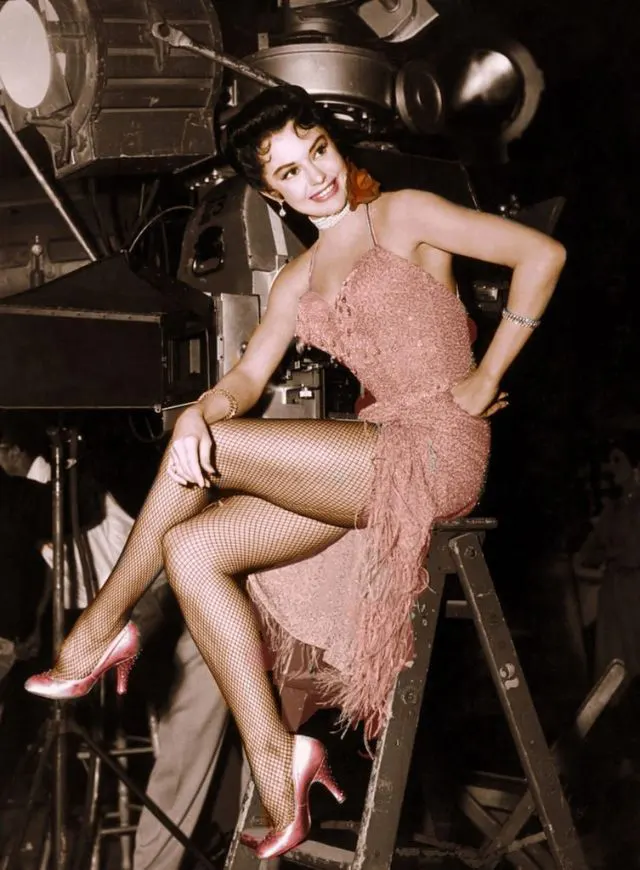
You don’t need dialogue when you move like poetry. In Singin’ in the Rain (1952), Cyd had no speaking lines. But her seductive, show-stopping performance in the “Broadway Melody” sequence spoke volumes. Draped in emerald sequins, flowing black hair, and with legs that seemed to go on forever, she created one of cinema’s most unforgettable moments.
That wasn’t choreography—it was cinematic spellwork.
Pairing with Astaire: When Grace Met Genius
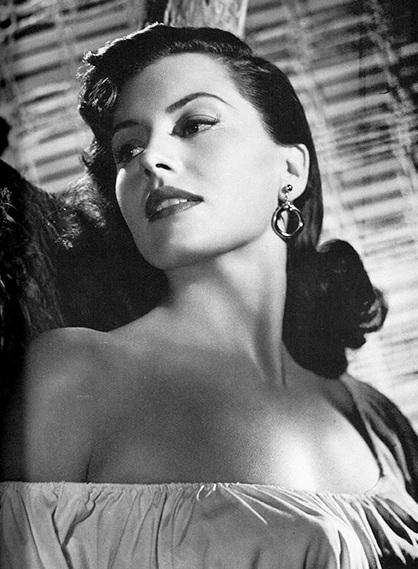
Fred Astaire called her “beautiful dynamite,” and he wasn’t exaggerating. In The Band Wagon (1953), Charisse starred opposite him in the now-legendary “Dancing in the Dark” number. It wasn’t flashy or loud—it was elegant, emotional, and magnetic. Their chemistry was electric, but grounded in a shared love for expression through motion.
She wasn’t just a partner—she was a presence. When Cyd moved, the camera followed. And audiences followed too.
Video: Gene Kelly and Cyd Charisse Erotic Dance
A Style That Blended Power and Precision
What set Charisse apart wasn’t just her training—it was her ability to fuse technique with feeling. While many dancers focused on being fast or flawless, Cyd brought storytelling to her steps. Her ballet roots gave her fluidity, but her strength made every gesture sharp and deliberate.
She could be romantic, mysterious, fiery, or vulnerable—all without saying a word. Directors loved her for it. Co-stars respected her for it. Audiences? They adored her.
Off-Camera Grace: A Private Life of Purpose
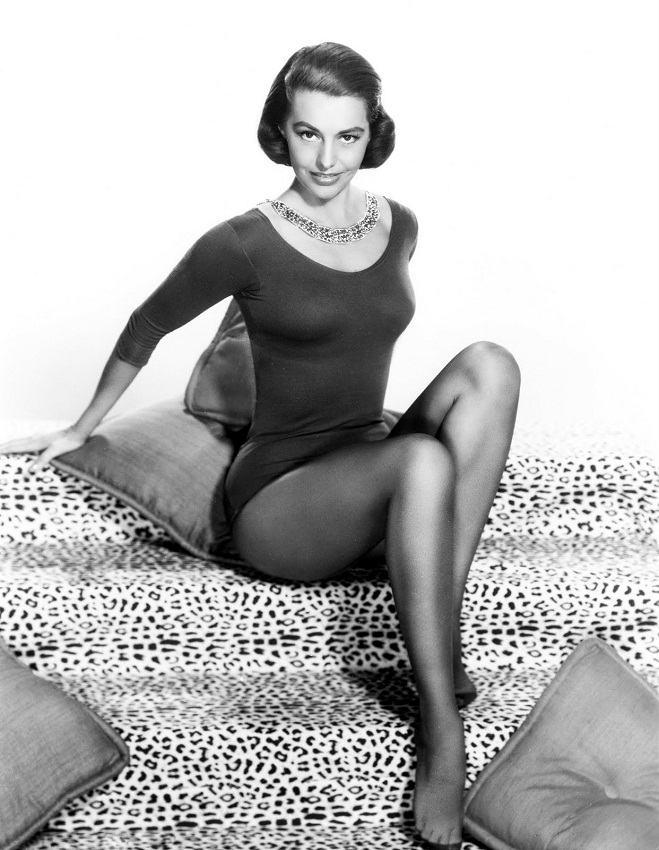
Unlike the scandal-saturated headlines of many Hollywood peers, Cyd Charisse kept things grounded. She was known for her professionalism, her discipline, and her quiet demeanor. She married singer Tony Martin in 1948, and they remained together for sixty years—a remarkable feat in any era, let alone in Hollywood.
She raised a family, avoided the party circuit, and focused on her craft. That quiet strength only deepened her appeal.
Keeping the Spotlight in Sight—Without Chasing It
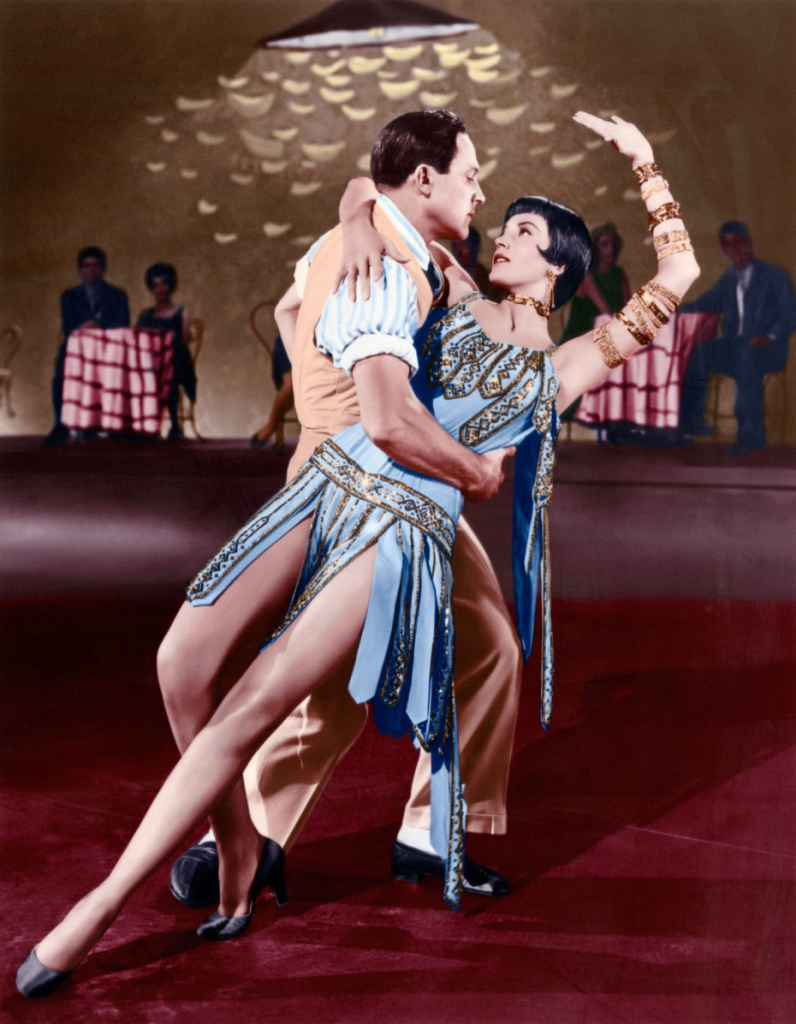
As the golden age of musicals faded, Charisse didn’t disappear. She transitioned into television, guest appearances, and live stage work. She even returned to Broadway later in life with Grand Hotel, proving her talents were timeless.
She also toured with her husband, performing elegant nightclub acts that showcased her still-dazzling talent—well into her seventies.
Accolades That Match the Legacy
Cyd Charisse didn’t just dance her way into the hearts of fans—she earned national recognition. In 2006, President George W. Bush awarded her the National Medal of the Arts, honoring her indelible impact on American culture. That same year, she received an honorary doctorate from the University of North Carolina School of the Arts.
Her influence was—and still is—acknowledged across generations of dancers, actors, and creatives.
More Than a Muse: A Movement All Her Own
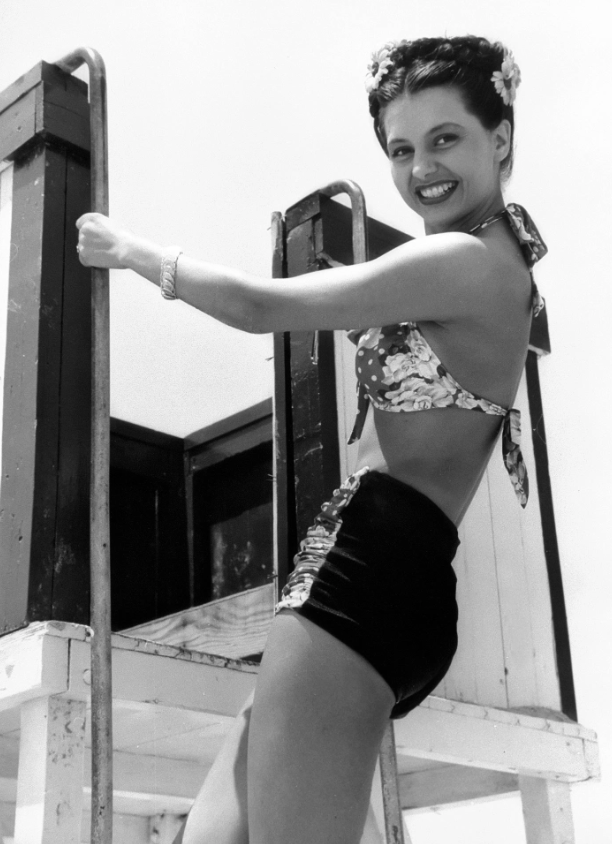
Cyd wasn’t simply an accessory to the male leads of her films. She was often the centerpiece—the one you couldn’t look away from. Her strength didn’t overshadow her elegance; it enhanced it.
She changed how women were seen in musicals. Not as props or pretty faces, but as equal storytellers through rhythm and grace. Her roles had depth. Her dance had soul.
Conclusion: Cyd Charisse—The Spirit of Motion That Lives On
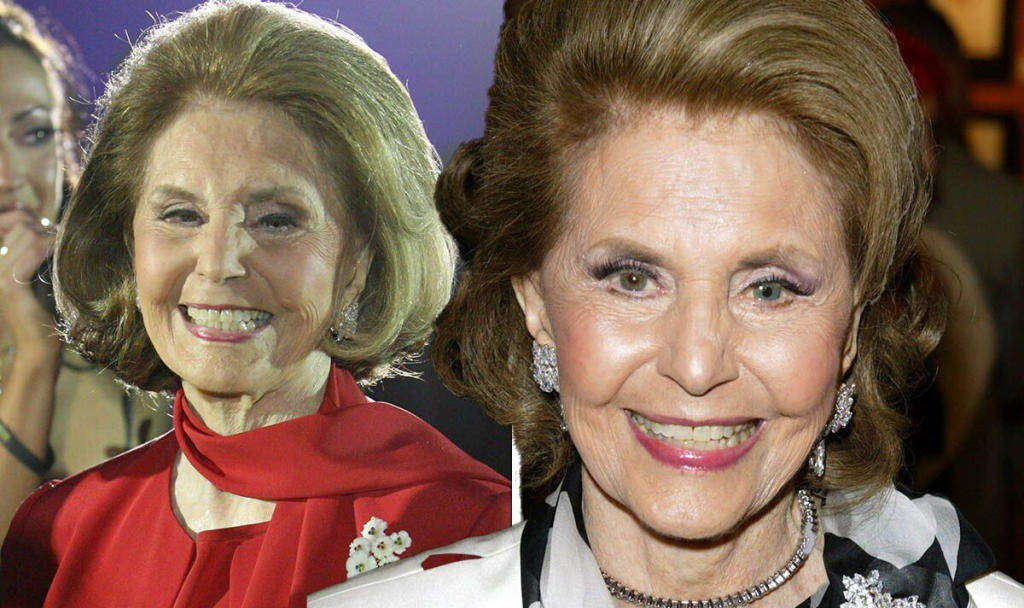
Cyd Charisse left more than footsteps on sound stages—she left a legacy of elegance, strength, and silent storytelling. Her journey from a frail child recovering from illness to one of Hollywood’s most unforgettable dancers isn’t just inspiring—it’s iconic.
She reminded the world that movement can speak louder than words, and that real artistry lives not just in technique, but in emotion.
And though the golden age of Hollywood may have dimmed, her performances still shine, frame by frame, step by graceful step
